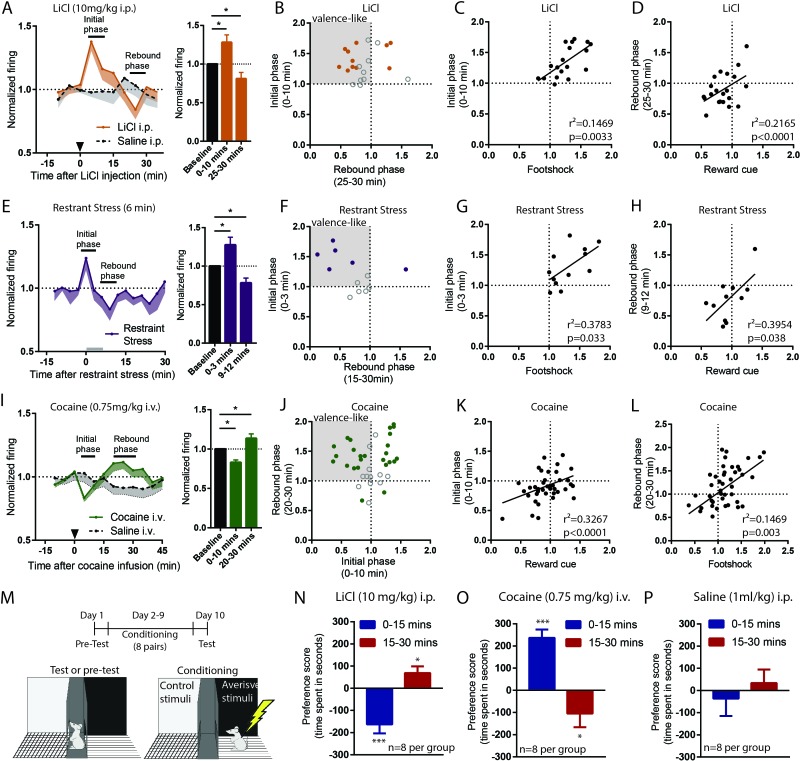Figure 3. RMTg neurons exhibit biphasic responses to sustained aversive stimuli consistent with opponent process theory.
(A, B) RMTg neurons showed activation to a low dose of LiCl for 10 min post injection, and (E, F) to restraint stress during the first 3 min of the 6 min restraint. Both aversive stimuli also produced a rebound inhibition of firing below baseline during a later time window (20–30 min window for LiCl, and 9–12 min window for restraint stress). (C, D) Individual neuron responses during initial phases of LiCl and restraint stress correlated with their responses to footshock, while responses during rebound phases correlated with responses to reward cue (G, H). (I, J) Cocaine infusion produced an opposing pattern in RMTg neurons, with inhibition during the first 10 min followed by a rebound excitation 15–25 min post infusion. (K, L) Individual responses during rebound (aversive) phase of cocaine were correlated with their responses to footshock, while responses during initial (rewarding) phase were correlated with their responses to reward cue. (M) Schematic of conditioned place preference regimen. (N) Low dose of LiCl (10 mg/kg) i.p. injection induced place aversion during 0–15 min and place preference during 15–30 min post-stimulus. (O) Cocaine (0.75 mg/kg) i.v. infusion induced place preference during 0–15 min and place aversion 15–30 min post-stimulus. (P) Saline injection did not produce place preference during either time window. Solid dots in B, F, and J: neurons significantly responding during both initial and rebound phases.

